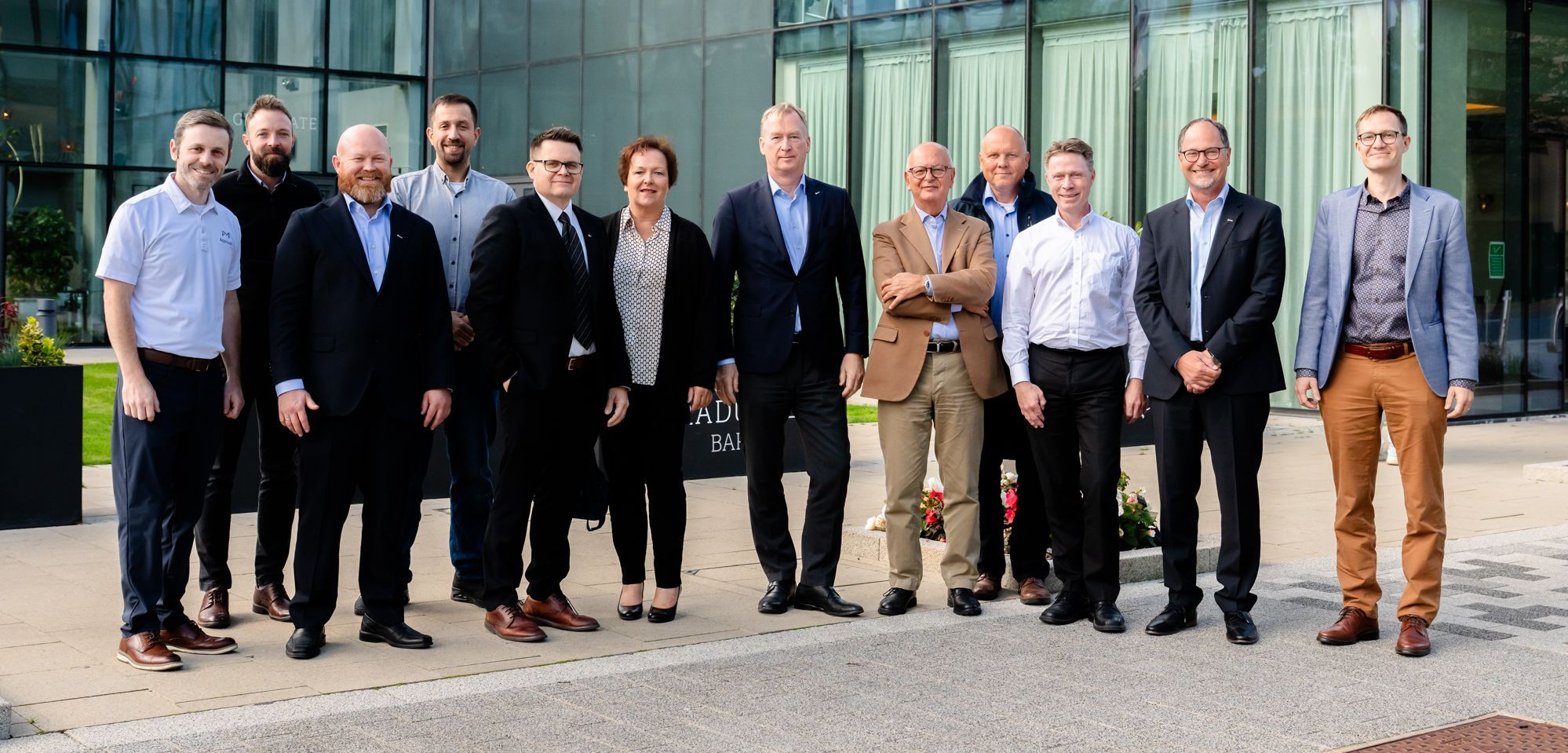In 2022, the IWMA scientific council had the pleasure to evaluate four master theses dealing with water mist - all of them on a very high level which made the decision difficult.
Between the end of April and the end of June, council chairman Hong-Zeng Yu (FM Global) and his colleagues first read all submitted summaries and the three most promising theses. They now have published their decision and declared Haydn Lewis the winner of the 2022 IWMA Young Talent Award / Master!
Haydn Lewis completed his master thesis towards the end of 2020. Under the given circumstance, i.e. that there was no conference in 2020, thus no opportunity to apply for the award, his thesis was also accepted. Haydn graduated from Lund University, Division of Fire Safety Engineering and was supervised by Dr. Nils Johansson. The title of his thesis is: “Factors influencing the generation of carbon monoxide in fires partially suppressed through water mist application”.
Haydn's response: "It is an honour to have received this recognition for my thesis. Firstly, I would like to thank the IWMA's scientific council for their efforts in reviewing and adjudicating the works of the finalists, all of which sound very interesting. I would also like to thank my supervisor Dr. Nils Johansson for his interest and encouragement to translate my rough concept into a formal research project. I look forward to discussions with you all in Madrid this November."
Haydn Lewis has now been invited to the 21st International Water Mist Conference which will take place in Madrid on 9th and 10th November 2022. Having been given a speaker slot, he will get the opportunity to introduce his thesis to a wider audience.
In 2023, the IWMA Young Talent Award will go to the author of the best Ph.D. thesis. The details of how and when to apply will be published shortly.
Summary of Haydn's thesis:
Preventing loss of life is the primary purpose of fire safety engineering. Fire safety engineers commonly undertake occupant tenability assessments to ensure that occupant egress within a fire emergency is facilitated. Fire suppression systems are a commonly utilised tool to reduce the degree of fire exposure to occupants within a compartment. In a fire, flames and high temperatures pose a serious hazard. However, two thirds of all deaths in building fires result from exposure to carbon monoxide (CO) (1). Increased CO exposure leads to a reduced level of physical and mental performance, inhibiting a person’s ability to safely evacuate. As such, exposure to CO is one of the tenability criteria commonly considered within fire safety engineering assessments. Typically, the variable factors in the calculations of CO production for different fuel types are based on how compartment ventilation (and thus availability of oxygen) influences the completeness of combustion (2). Incomplete combustion occurs where there is an insufficient quantity of oxygen relative to the availability of fuel. Despite not being commonly considered in current day applications, other factors within the fire scenario will contribute to the efficiency of combustion. Active fire suppression systems, such as sprinkler and mist systems, influence combustion as water droplets interact with the fire and the fuel. Currently, the contribution of suppression to the levels of toxic species generation within the fire environment is not well established. My research, conducted with Nils Johansson at Lund University through the Erasmus IMFSE program, tests the hypothesis that the application of water droplets to fire influences the CO production and tests the influence of various suppression and combustion factors.
This study consisted of a series of experiments where water spray scenarios were applied to fires, and the resulting CO production measured (3). Properties of the water mist sprays used were altered and fires varied by size and fuel type (solid, liquid and gaseous). The water spray variables were droplet size and flow rate, which were controlled through adjustments in system pressure and nozzle type. The results of this study showed that the concentration of CO generated increased by as much as 250% when mist suppression was applied.
This research demonstrated that under lab conditions there is an increase in CO generation during partial suppression of a fire. It serves as a proof of concept for the potential for significantly elevated levels of CO in environments beyond what is currently considered by standard yields within fire safety assessments. Where the suppression system may not always significantly reduce the fire size, there is a need for fire engineers to consider more conservative yields until further investigations can be undertaken.
References
[1] T.R. Hull, A.A. Stec, Introduction to fire toxicity, in: A.A. Stec, T.R. Hull (Eds.), Fire
Toxicity, Woodhead Publishing Limited, Cambridge, 2010, pp. 3-25.
doi.org/10.1533/9781845698072.1.3.
[2] M. Khan, A. Tewarson, M. Chaos, Combustion characteristics of materials and generation of fire products, in: M.J. Hurley, D.T. Gottuk, J.R. Hall Jr., K. Harada, E.D. Kuligowski, M. Puchovsky, J.L. Torero, J.M. Watts Jr., C.J. Wieczorek (Eds.), SFPE Handbook of Fire Protection Engineering, 5th Edition, Springer, New York, 2016, pp. 1143-1232. doi.org/10.1007/978-1-4939-2565-0_36.
[3] Lewis, H., Factors influencing the generation of carbon monoxide in fires partially suppressed through water mist application, IMFSE master thesis, Lund University, Sweden, 2020, lup.lub.lu.se/student-papers/record/9027810.



